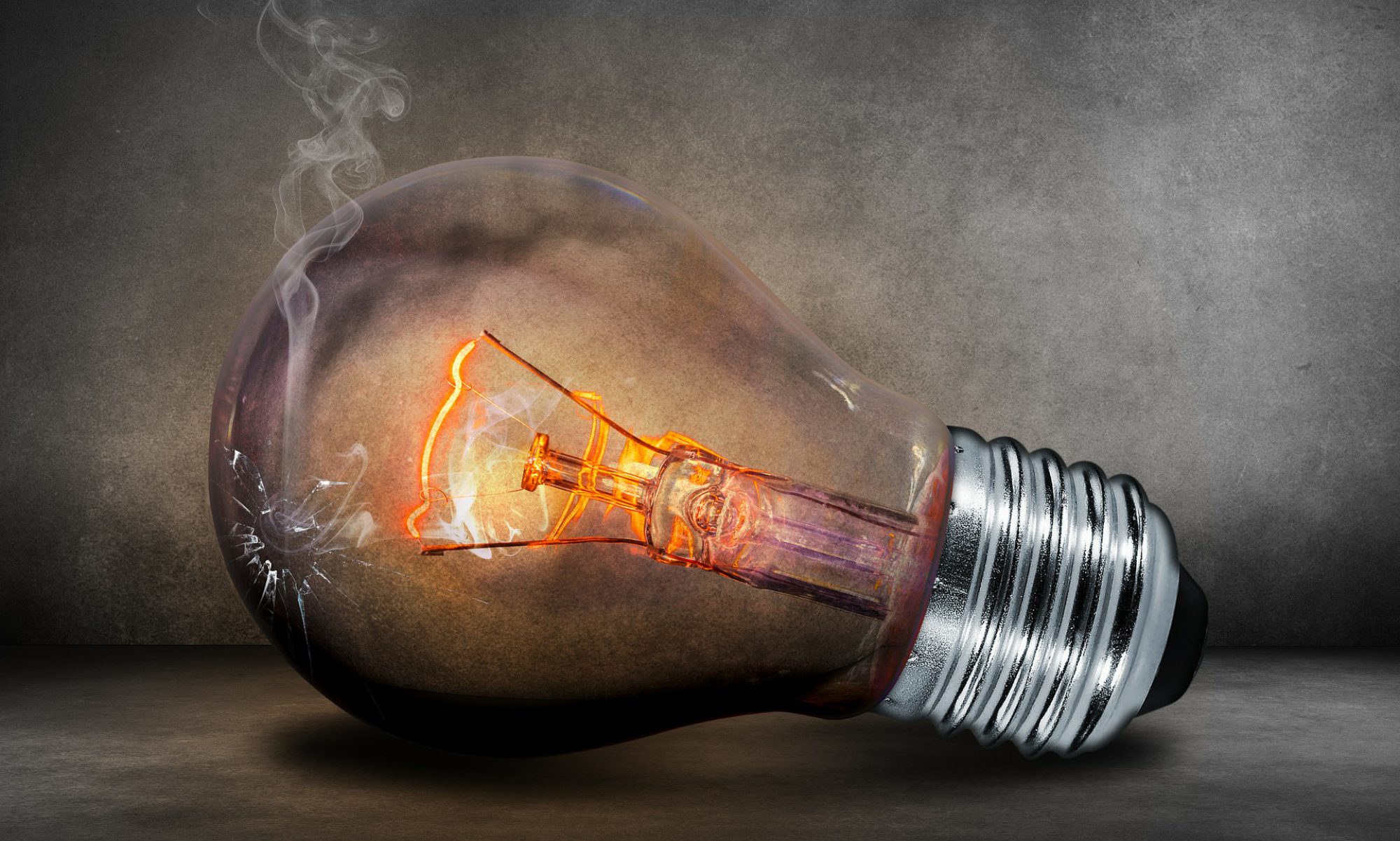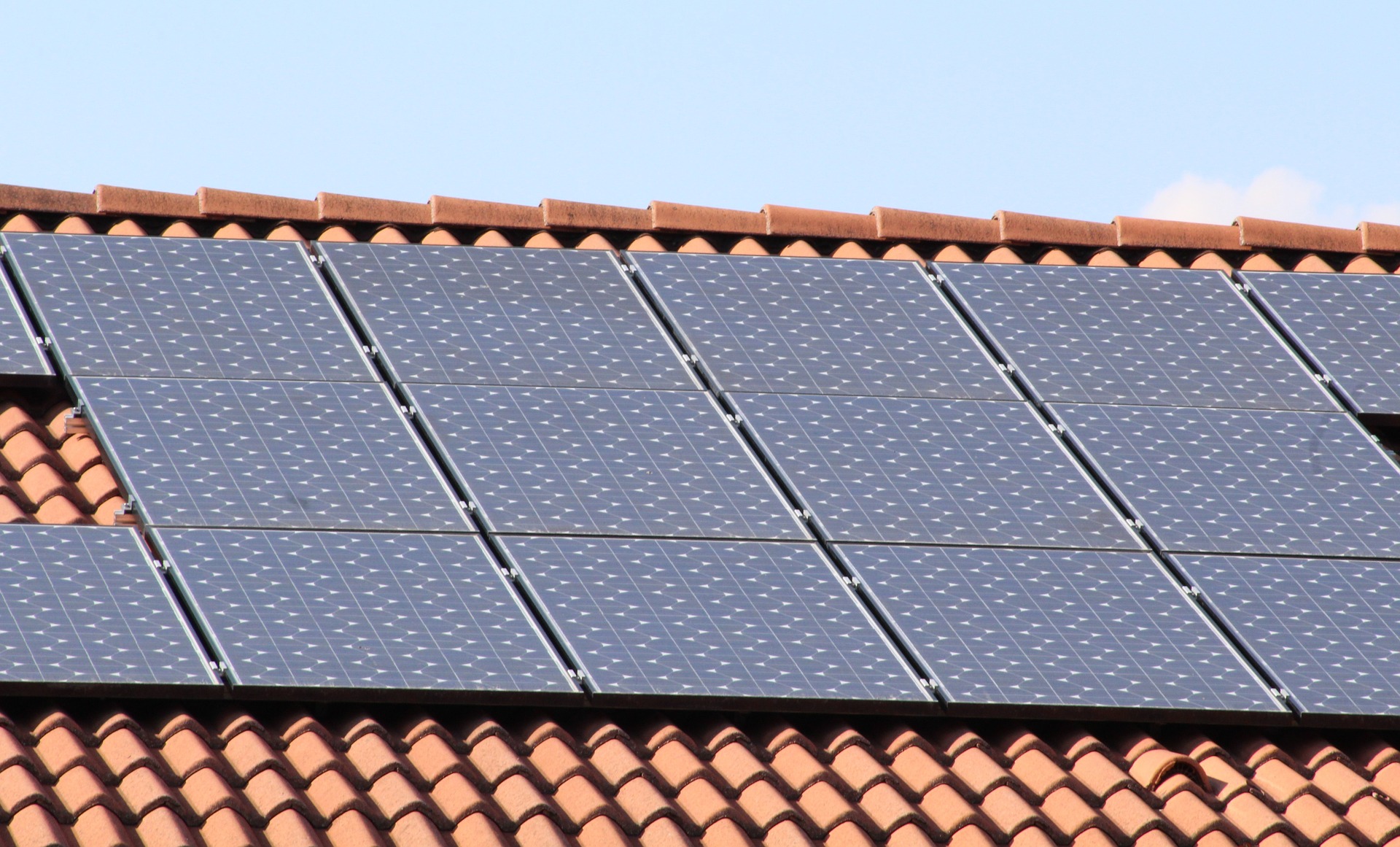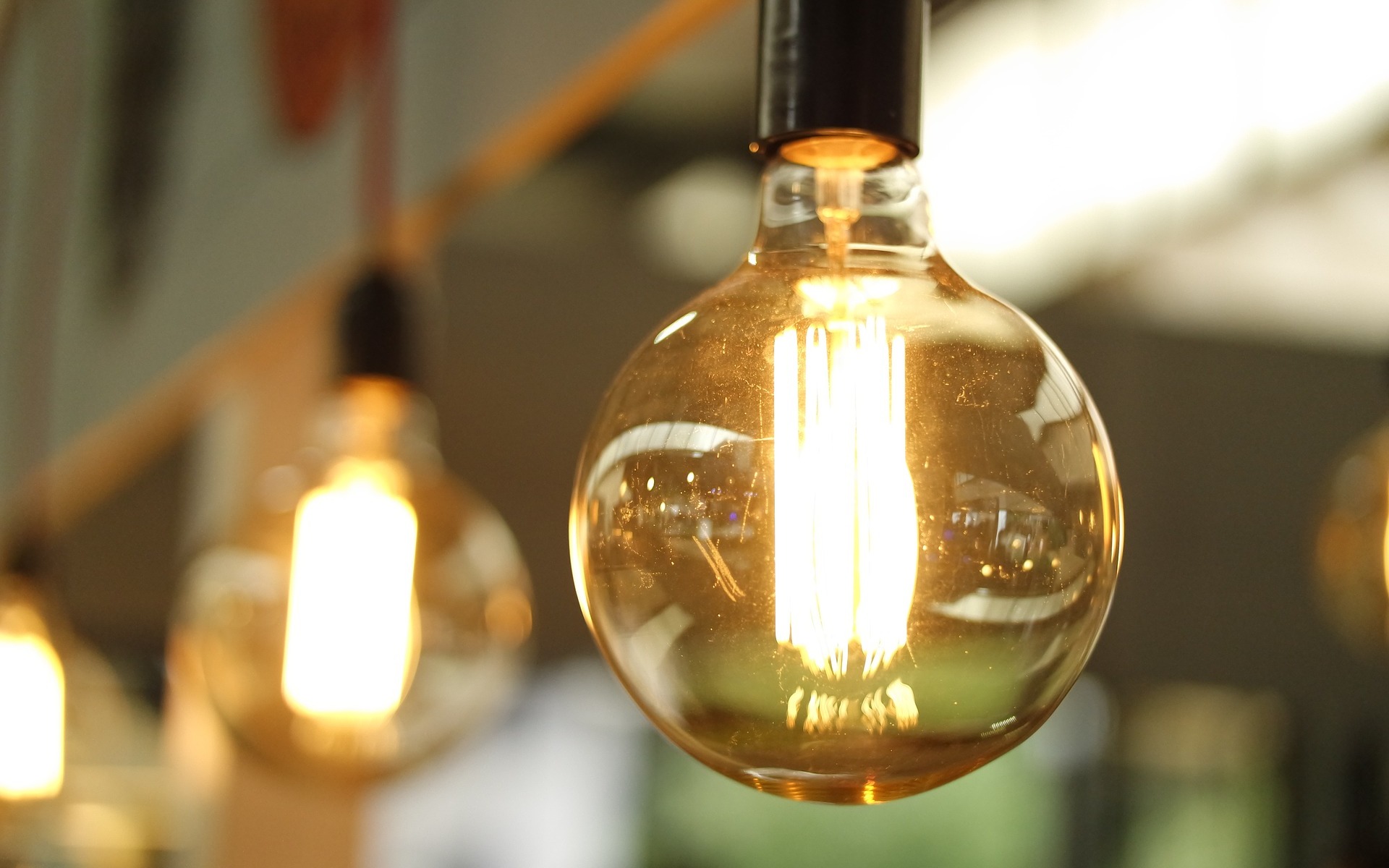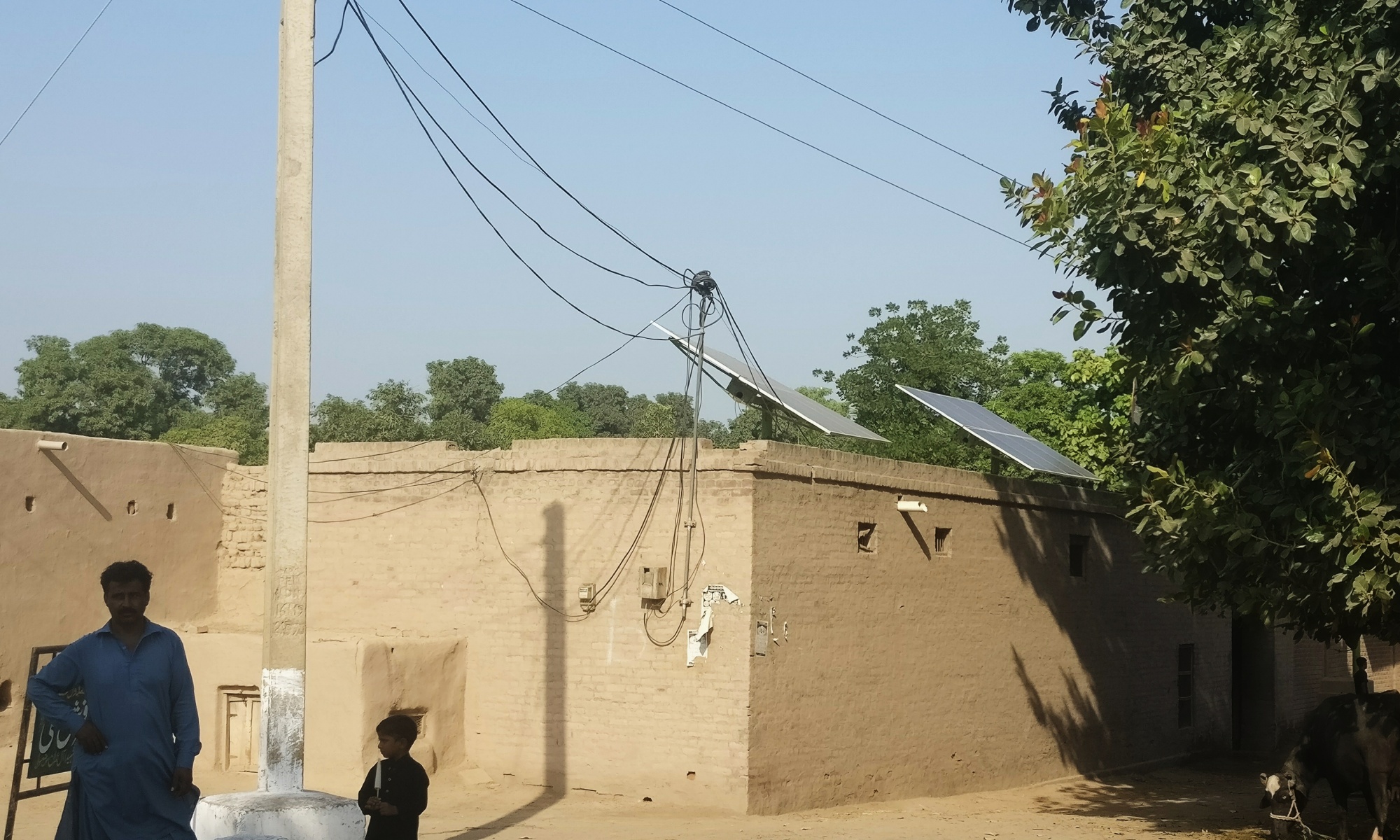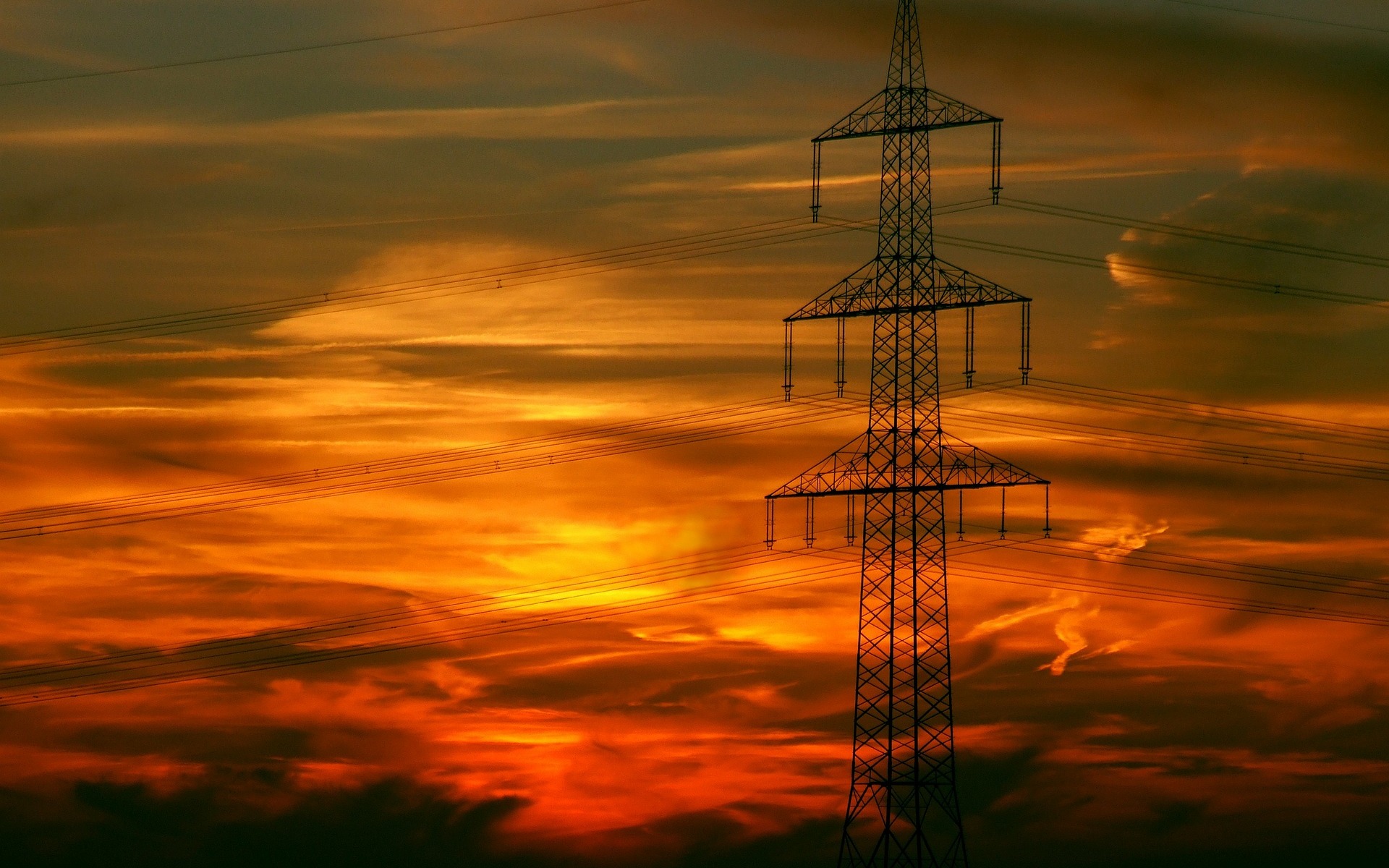Use of solar energy to power households has grown rapidly worldwide in the past few years. Solar power presents ample advantages for the domestic consumer in the form of reliable and cheaper electricity with an average payback of 4 years. The current government is keen on promoting renewable energy in the country, as the Federal …
Continue reading "On Bill Financing Scheme to Promote Rooftop Solar PV"
